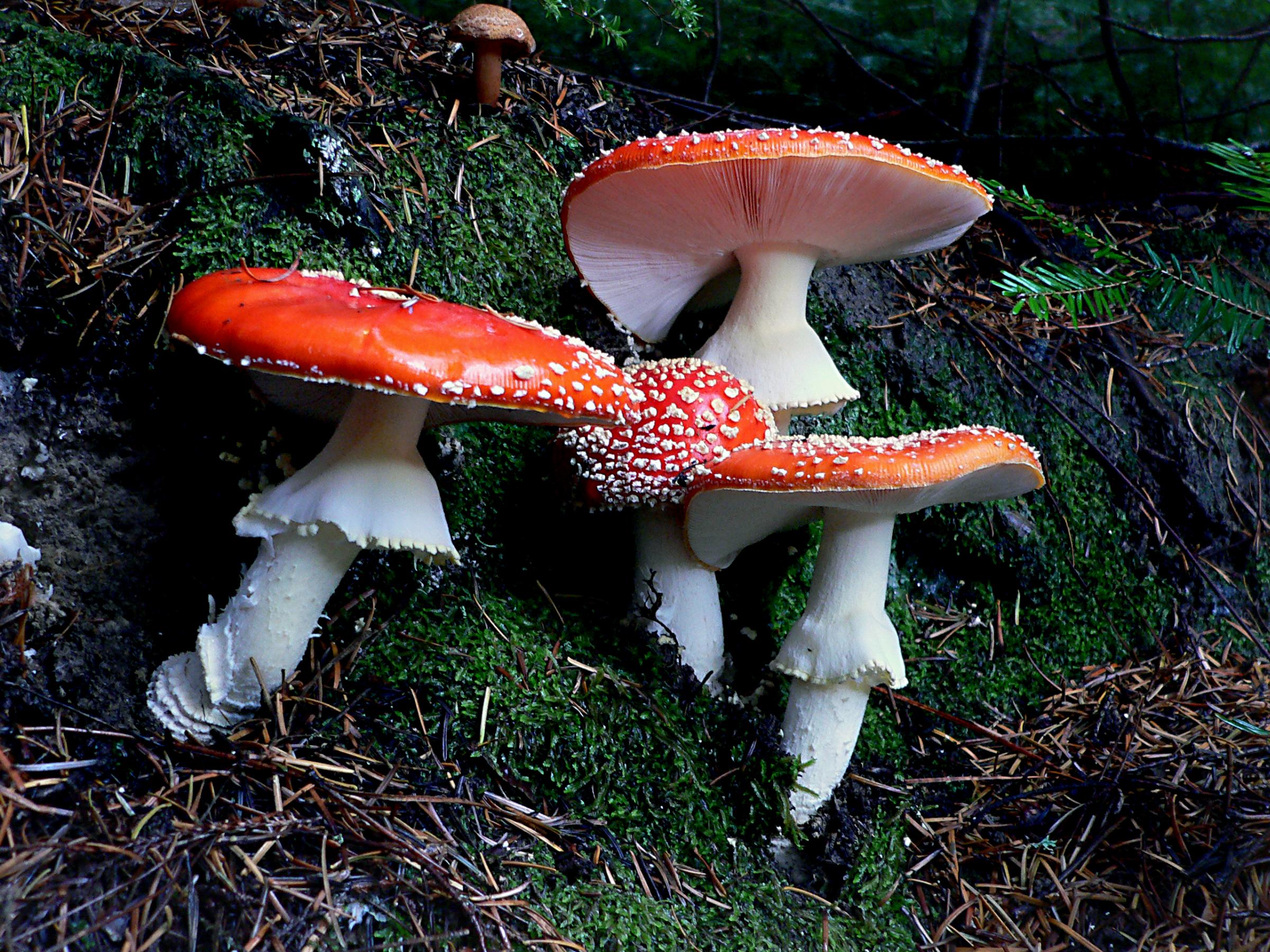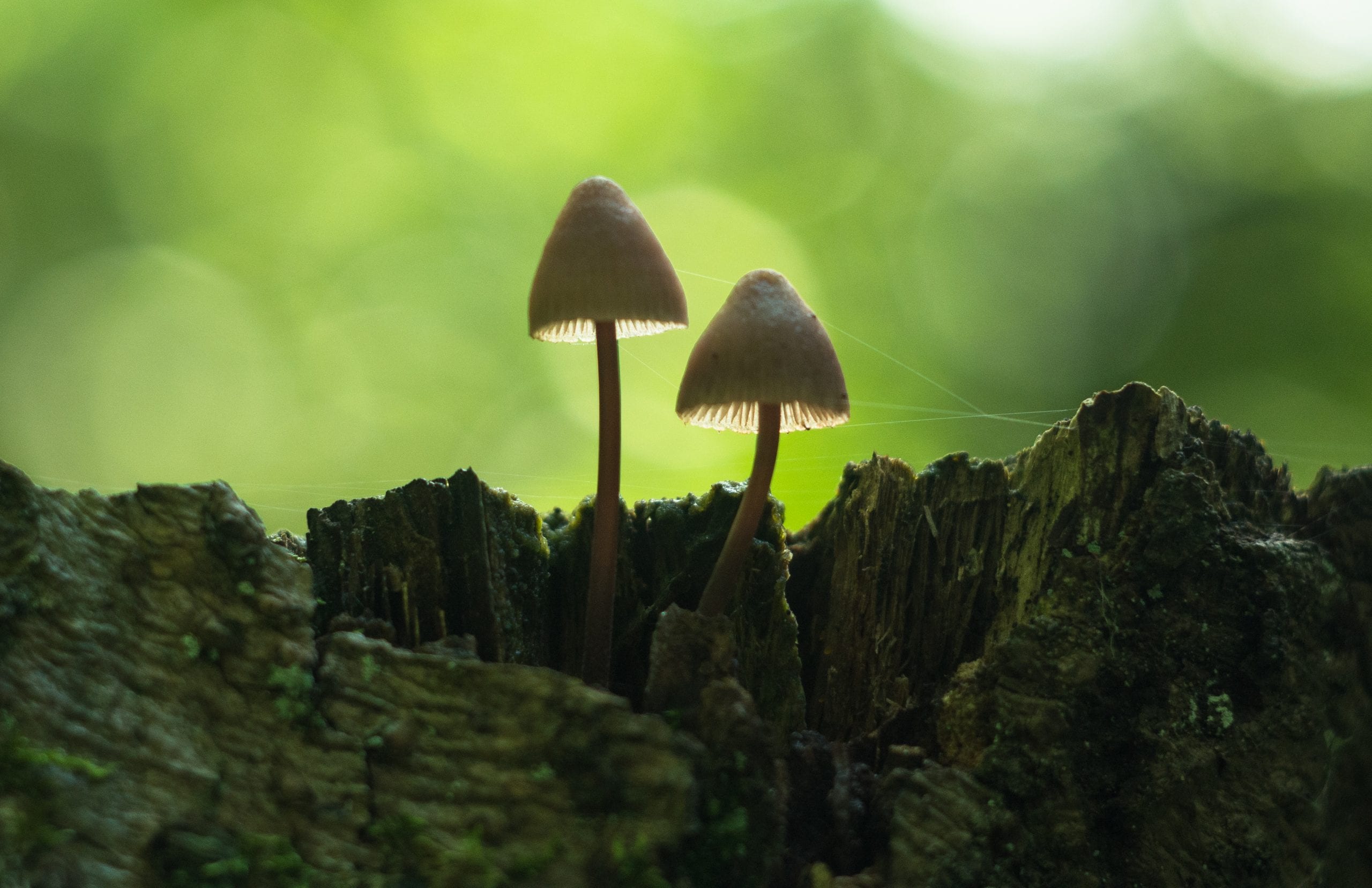
Deadly realism, science communication, and dropping out of high school: an interview with Dr. Diana Six
Dr. Diana Six is a professor of Forest Entomology and Pathology at the University of Montana. Dr. Six's work focuses on bark beetles, their symbiotic fungi, climate change, and what these factors mean for forest health. Her work has received the attention of the media and she has presented at TedX and has been featured on




